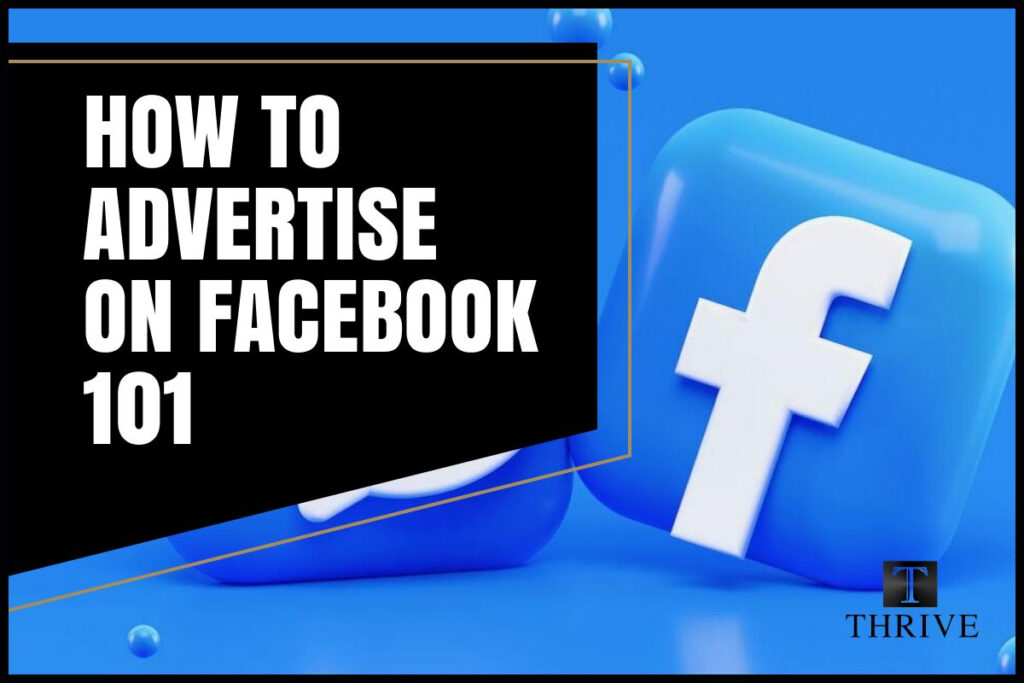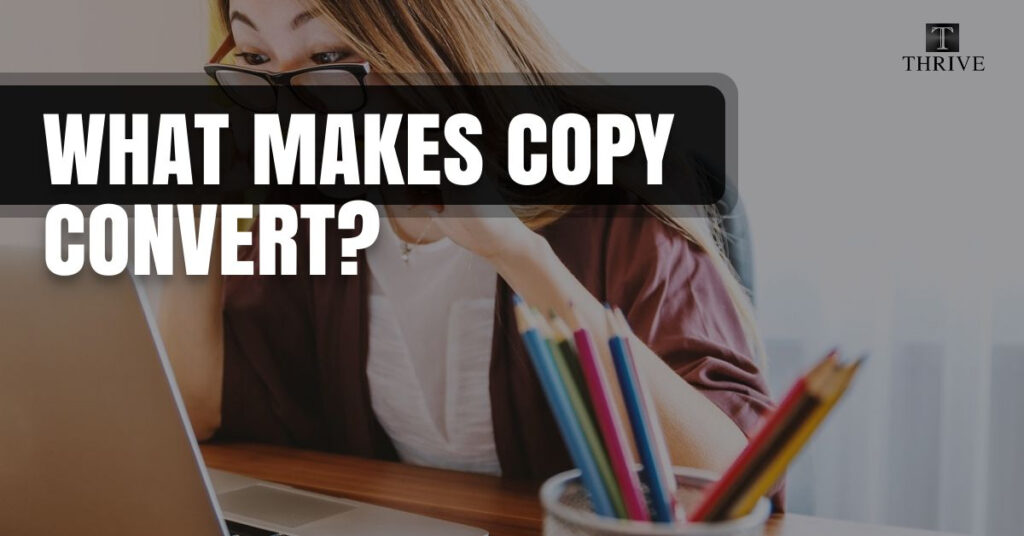
If you’re looking to advertise on Facebook, it’s important to understand that Facebook ads can be more complex than they appear. You may have tried to launch an ad and ended up wasting a lot of money wondering why it didn’t convert.
When creating successful Facebook ads, consider the following components:
- Demographic interests: Understand your target audience’s interests and the pages they follow. Utilize Facebook’s Audience Insights feature in Business Manager to generate a list of interests to include in your ads.
- Creative assets: Test the creative assets you use in your ads to determine whether they will convert. Make incremental changes to each component of the ad, such as the copy, image or video, until you find what works best.
- Good ad scent: Ensure that your ad and landing page match and provide a cohesive user experience for your audience.
- Traffic type: Are you targeting cold, warm or hot traffic? It’s easy to want to just send your ads to buy your products and services to those that don’t know you but even if you get them to convert you will end up paying more.
I can’t emphasize this enough: If you are sending ads to buy or book a call to cold traffic it is equal to walking up to someone in the mall and touching their face. It’s weird, nobody likes it and you violated the relationship building process.

How to Write Effective Sales Copy for a Facebook Ad that Converts
There are many ways to write copy for ads but here is one formula that is proven to work:
- Ask a question that connects to an emotional need to make your ad stand out among many others. The goal is to address an emotional issue or problem that the target audience may be having.
- Share your story of how you found the solution to the problem that your target audience may be facing. This will help them relate to you and understand that you understand their situation.
- Explain the moment of realization that led you to find the solution to the problem. This can help build trust and show that you have experience in the matter.
- Offer a solution, such as a download, checklist, or webinar, that solves the problem. Explain what the offer entails, and make it easy for them to click and download by providing a clickable link.
- Lead them to a landing page that offers the specific solution with one option only. This reduces the number of decisions they have to make and increases the chances of conversion.
- Build a relationship with them over time, providing value around the product until they trust you enough to make a purchase.
Remember, effective sales copy is all about connecting emotionally with your target audience and providing a clear solution to their problem.

How To Test and Optimize Your Facebook Ads (Get the most out of your budget)
If you’re running Facebook ads, it’s important to test them to see what works best for your audience. Testing allows you to refine your ads, optimize your targeting, and ultimately, increase conversions. In this blog, we’ll discuss how to test Facebook ads effectively.
-
Start with a clear objective Before you start testing your Facebook ads, it’s important to have a clear objective in mind. What do you want to achieve with your ads? Do you want to increase website traffic, generate leads, or boost sales? Having a clear objective will help you design your tests and measure the success of your ads accurately.
-
Choose your variables To test Facebook ads, you need to identify the variables that you want to test. Variables can include ad creatives, headlines, descriptions, call-to-action (CTA) buttons, ad placements, and targeting options. Start with testing one variable at a time, so you can accurately determine which change had the biggest impact.
-
Create variations Once you’ve identified the variables you want to test, create variations of your ads that differ in one aspect. For example, if you’re testing ad creatives, create two different versions of your ad with different images or videos. Make sure the variations are identical in all other aspects.
-
Set up your tests Now that you have your variations, it’s time to set up your tests. Facebook offers a variety of testing options, including split testing and dynamic creative testing. Split testing allows you to test different versions of your ads to different audiences or at different times, while dynamic creative testing lets you test multiple variations of your ad creative in a single ad.
-
Monitor your results Once your tests are set up, monitor your results closely. Facebook’s Ads Manager provides detailed metrics such as click-through rates (CTR), conversion rates, and cost per click (CPC) to help you evaluate the performance of your ads. Take note of which ad performed better and why, so you can optimize your future ads accordingly.
-
Scale up Once you’ve identified a winning ad, scale up your budget and targeting to reach a wider audience. Keep testing new variables and refining your ads to continually improve their performance.
Pro Tip: Never turn your ads off to adjust or change them once they are performing. The way Facebook Ads work is it collects data and overtime is able to perform better and better. If you stop the ad, you are then starting all over. Keep in mind that you should allot a budget to “testing” the ad and you do not want to have to pay this over and over.
By following these steps, you can identify the best ad creative, targeting, and optimization strategies to increase your ad’s conversion rate and reach your objectives. Remember to always keep your audience in mind and continuously test to keep your ads fresh and relevant.
How Much Should You Pay For Facebook Ads
- Ad Objectives: The objective of your ad campaign plays a significant role in determining the cost of Facebook ads. Lead generation ads, for example, require users to take an action (such as filling out a form or subscribing to a newsletter). These ads tend to be more expensive than ads with simpler objectives (such as page likes or video views).
- Ad Placement: Facebook allows you to choose where your ad will be displayed. Ads that are shown on the News Feed, for example, tend to be more expensive than ads displayed on the right-hand column or in the Audience Network.
- Target Audience: The size and relevance of your target audience can impact the cost of your Facebook ads. If you are targeting a broad audience with a high level of competition, your ad costs may be higher than if you are targeting a smaller, more specific audience.
As you can see from this blog Facebook Ads are not straight forward and there are so many components that go into a successful ad it is difficult to do it on your own.
If you are looking for someone to run Facebook Ads, Instagram Ads, Pinterest Ads, Linkedin Ads, TikTok Ads, or Google ads contact us today! We have a team of pros that are here to make the process easy as possible to reach your goal.
11 Facebook Ad Copy Templates
Just fill in the blanks to write perfect copy every time.